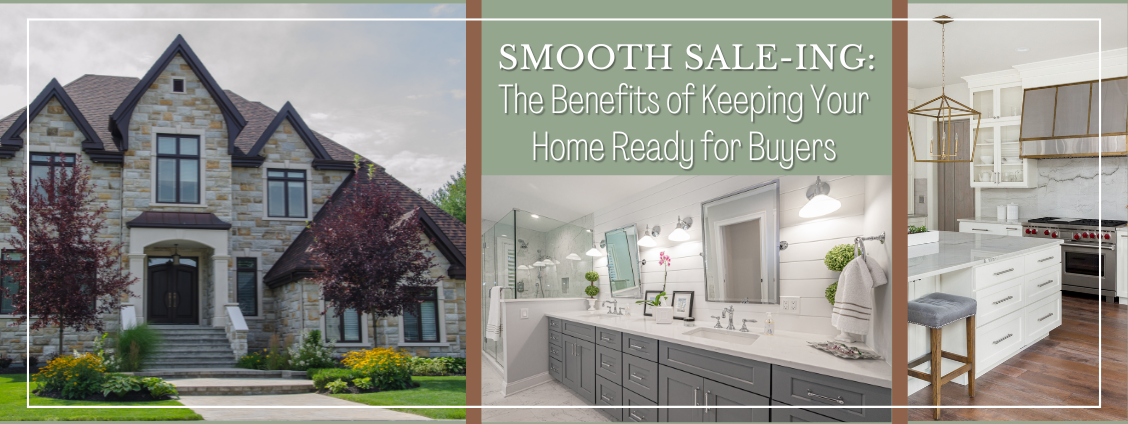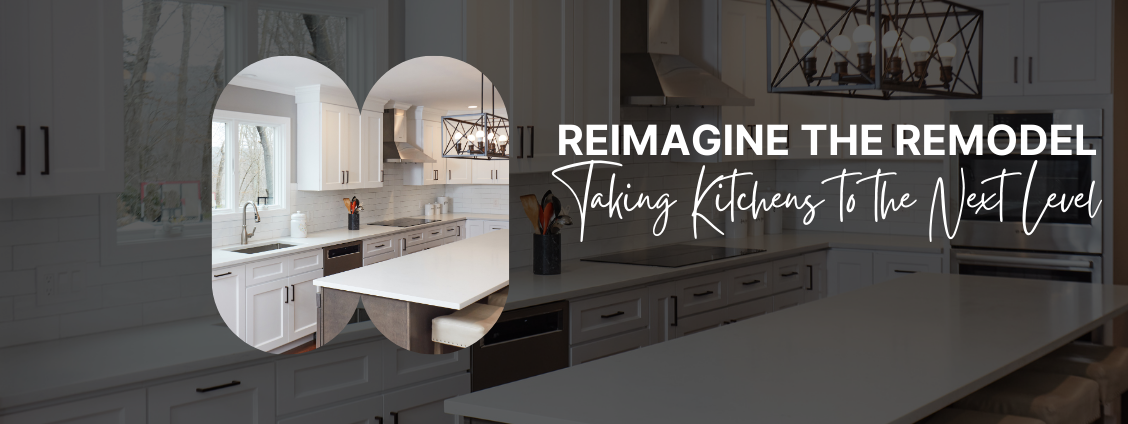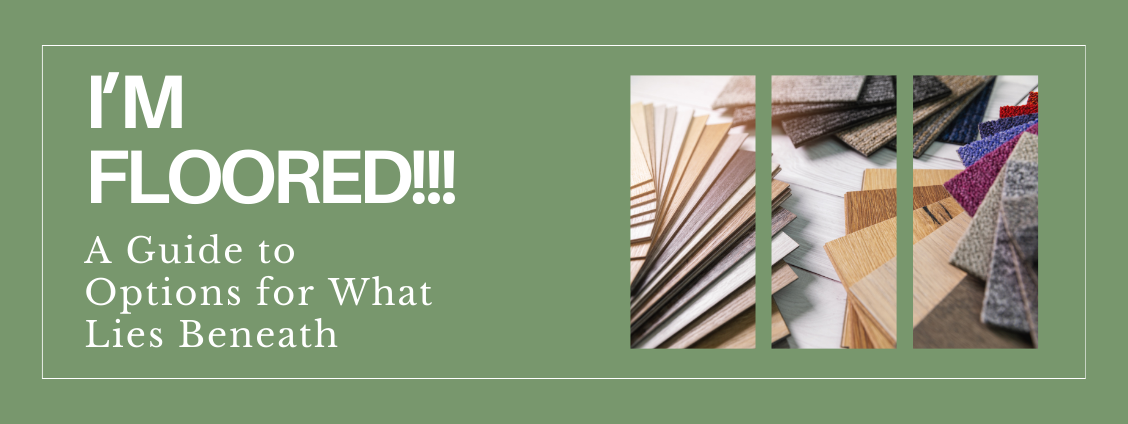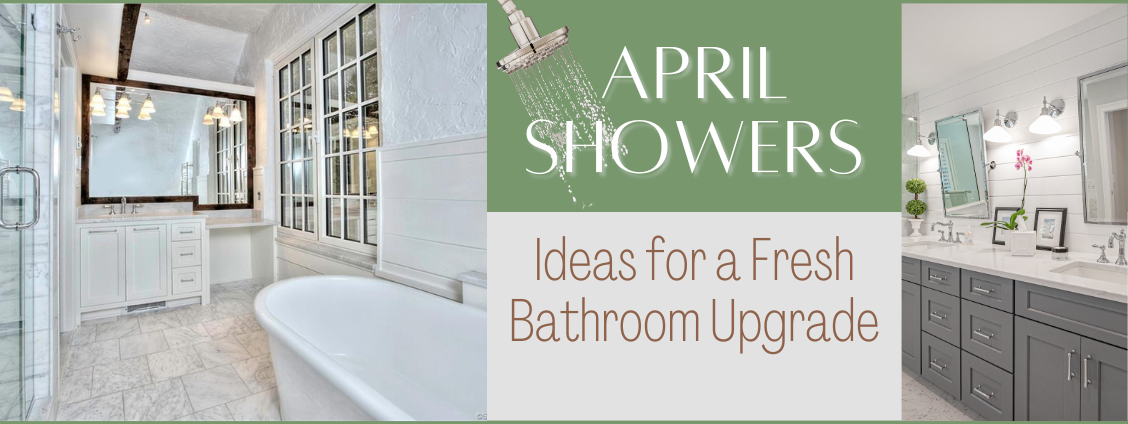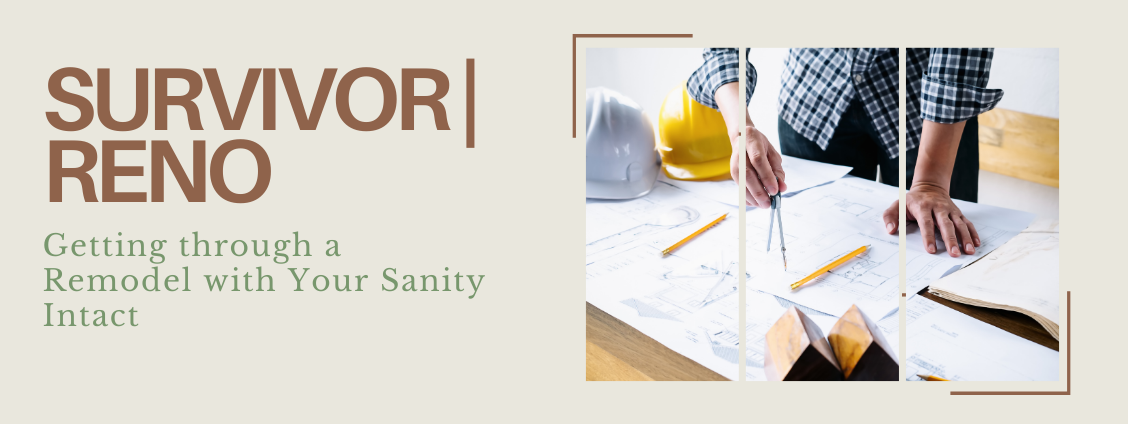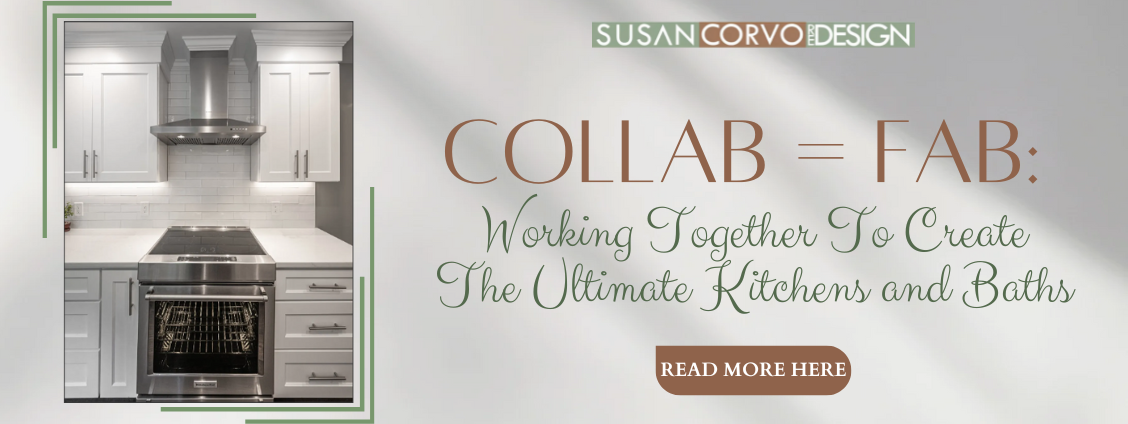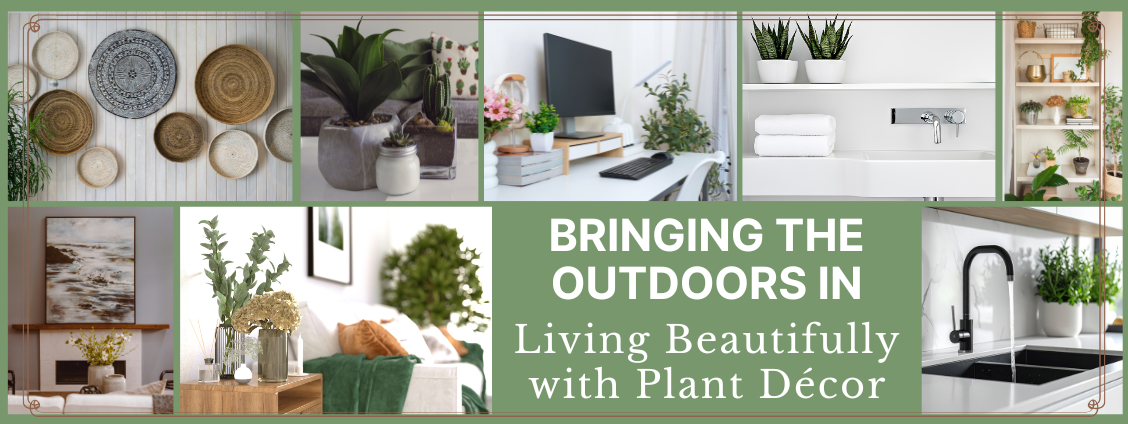
As the end of the year approaches, many of us naturally begin to think about festive poinsettias, evergreen garlands, and tabletop trees—the familiar greenery that instantly brings warmth to winter holidays. But the sparkly joy of living with plants doesn’t need to end when the last ornament is packed away. Indoor plants deliver benefits that go far beyond seasonal décor. From purifying the air to adding texture, life, and personality to a room, plants are one of the most versatile design tools available.
And perhaps just as importantly—caring for plants may be good for us, too.
Why Plants Belong in Every Room
They Freshen and Humidify Your Environment
Plants are nature’s air filters. Many varieties help remove toxins and increase oxygen levels, and all plants release moisture into the air. Especially during dry winter months, this natural humidity boost can make a room feel more comfortable without relying solely on humidifiers.
They Add Texture, Color, and Dimension
Design-wise, plants are the “finishing layer” that brings spaces to life. Large fiddle-leaf figs create height and drama in a living room corner. Ferns and trailing ivy soften hard edges on bookshelves. Even a simple succulent adds interest to a desk or nightstand. Their organic shapes and varied textures break up the visual monotony of straight lines and manufactured surfaces.
They Fill Space—Beautifully
Have an awkward corner that feels empty or stale? A tall indoor tree like a rubber plant or kentia palm can transform it instantly. Looking for a centerpiece that isn’t another candle or bowl? A flowering plant such as a peace lily or anthurium adds elegance and gentle color without overwhelming the table.
They Can Support Mental Well-Being
Research increasingly suggests that caring for plants can reduce stress, support mindfulness, and create a sense of satisfaction. Nurturing something living—watering, pruning, repotting—offers a calm, grounding ritual in a world that moves too quickly. Even a few minutes spent tending to greenery can be a peaceful break from screens and schedules.
Decorating with Plants Throughout the Home
Living Room: Mix tall floor plants with medium-sized leafy varieties placed on stands, shelves, or side tables. Consider combining different textures: broad-leaf calatheas, trailing pothos, and sculptural snake plants.
Kitchen: Herbs like basil, mint, rosemary, and thyme thrive with sunlight and keep cooking close at hand. A row of small potted herbs on the windowsill is both practical and charming. The sight of a blossoming orchid on a kitchen island is always elegant.
Bedroom: Low-maintenance, air-purifying plants like peace lilies or spider plants are ideal. Their gentle presence contributes to a calm, restful atmosphere.
Bathroom: Humidity-loving plants such as ferns, orchids, or pilea thrive in the warmth and moisture. If you have limited shelf space, try a hanging planter.
Home Office: Studies suggest greenery can boost focus and productivity. Aloe vera, succulents, or cactus plants are perfect for desks or file cabinets—resilient and tidy. A tidy plant adds interest to your Zoom background too!
Common Houseplants to Consider
- Snake Plant – Nearly indestructible; thrives in low light.
- Pothos – Fast-growing and versatile, great for hanging planters or shelves.
- ZZ Plant – Extremely low maintenance and tolerant of neglect.
- Succulents & Cacti – Perfect for bright light and minimal watering.
- Monstera – Trendy, sculptural, and dramatic.
- Peace Lily – Flowering and air-purifying; ideal for bedrooms.
Where to Buy Indoor Plants
Retail stores that sell houseplants include Trader Joe’s, Home Depot, Terrain, as well as your local nurseries and florists. Additionally, there are many companies offer beautifully potted, ready-to-thrive plants delivered directly to your home. Popular options include:
- The Sill – Known for its curated, stylish pots and beginner-friendly varieties.
- Bloomscape – Delivers larger plants with detailed care instructions.
- Horti – Offers subscription boxes designed for new plant parents.
- UrbanStems – Provides modern plant arrangements along with florals.
- Easyplant – Offers self-watering potted plants.
Whether you’re looking for a single statement tree or a series of small plants to scatter throughout your home, these services make it easy to get started.
Safety First: Choosing the Right Plants for Homes with Pets and Young Children
Many houseplants pose little to no risk, but it’s worth being thoughtful about placement and plant types if you’re a parent or pet owner. Avoid preventable mishaps like knocked-over pots and spilled soil by choosing sturdy pots that won’t tip easily, placing plants on higher shelves if you have adventurous toddlers or cats and using lightweight planters in areas where falls could happen.
Limit health hazards by selecting non-toxic, kid-friendly, and pet-safe plants that fit beautifully into any décor style such as:
- Spider Plant – Safe for pets, resilient, and great for hanging baskets out of reach.
- Areca Palm – Non-toxic and adds lush tropical height without sharp edges.
- Boston Fern – Soft, airy, and safe for pets who might take an interest.
- Parlor Palm – Compact, elegant, and pet-friendly.
- Calathea / Prayer Plants – Known for striking patterns and totally pet-safe.
- Ponytail Palm – Easy care, sculptural, and non-toxic.
- African Violet – A flowering option that’s gentle enough for households with pets and kids.
- Haworthia (a succulent) – Similar in style to aloe but non-toxic.
Rules of Thumb (If Yours Isn’t Green) About Using Artificial Plants
Not everyone is destined to be a plant whisperer, and high-quality artificial plants have come a long way. They offer the same visual benefits (color, fullness, texture) without the maintenance or safety concern. Here are a few guidelines:
✔ Choose realistic materials. Look for silk, latex, or high-end synthetics with natural color variation.
✔ Use them sparingly and intentionally. A faux fiddle-leaf fig in a low-light corner or a faux orchid in a windowless bathroom can make sense.
✔ Pair faux with real. Mixing a few authentic plants with a couple of artificial ones keeps the overall effect natural.
✔ Keep them clean. Dust is a giveaway—wipe them regularly to maintain realism.
Artificial plants aren’t cheating; they’re a design choice. And in certain rooms or lifestyles, they can be the smartest option.
A Year-Round Invitation to Nature in Your Living Spaces
Plants aren’t just decoration—they’re companions, mood-lifters, and natural design elements that bring warmth and life into the home no matter the season. Whether you fill your space with lush, leafy greenery or add a few well-chosen faux plants, the goal is the same: to create a home that feels rejuvenating, balanced, and alive.



